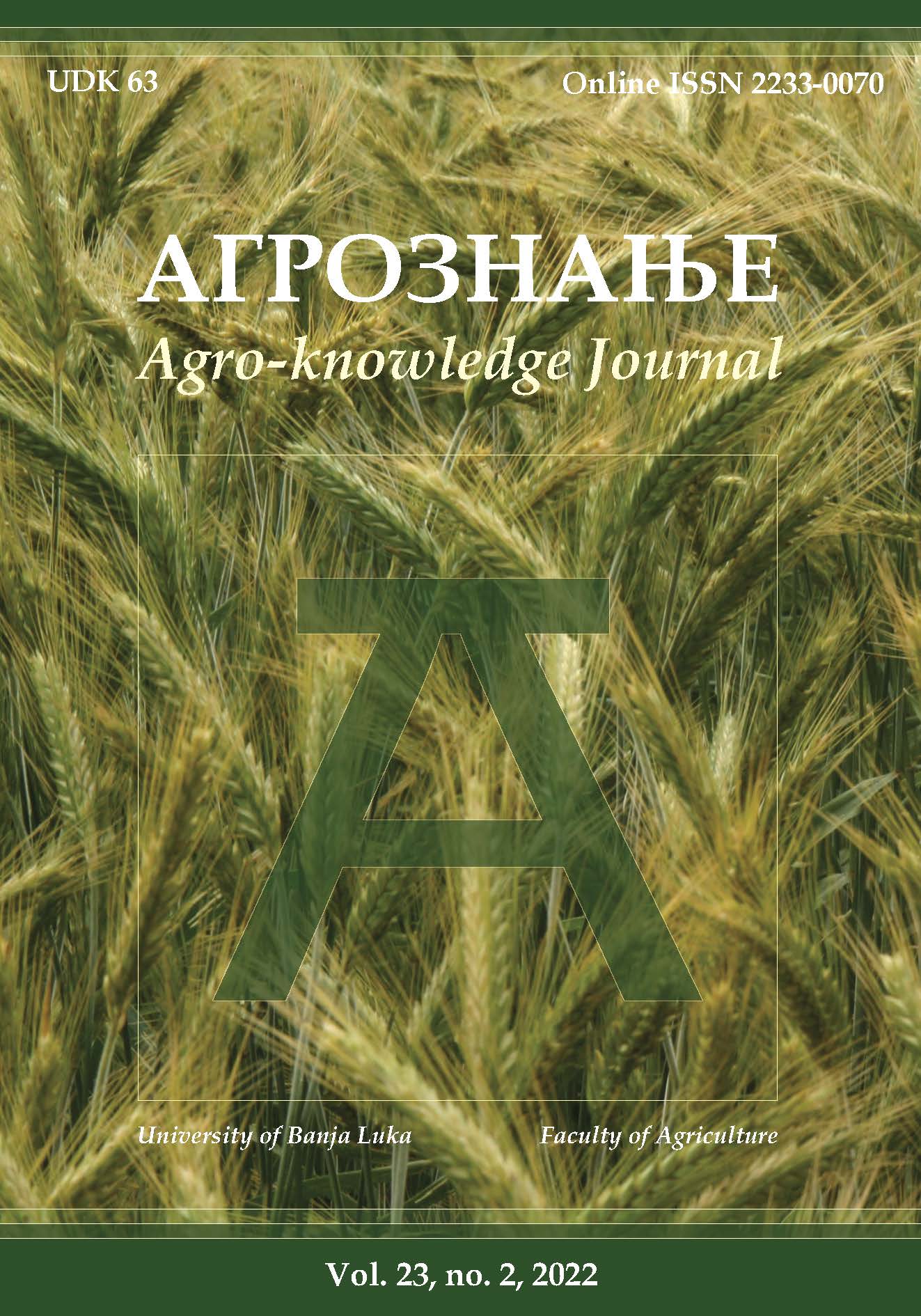Application of sensory analysis in the assessment of the quality of meat products with different sodium chloride content
Примјена сензорне анализе у оцјени квалитета производа од меса са различитим садржајем натријум хлорида
DOI:
https://doi.org/10.7251/AGREN2202077OAbstract
The aim of this paper was to evaluate sensory quality of commercial boiled chicken sausages and boiled pork sausages with different salt content. Descriptive sensory analysis was used. The basic physicochemical parameters of samples were also determined. The results showed that the chicken sausage sample with 3.42% salt and the pork sausage sample with 3.03% salt had better sensory quality compared to the samples with 2.43 and 3.30% salt, respectively. Chicken sausages with lower salt content had a less pronounced odour, aroma, taste, and softer consistency with significant differences (P < 0.05) comparing to the sample with higher salt content. The difference in salt content between pork sausages was smaller than between chicken sausages, but also significant (P < 0.05). The sample with lower salt content had better sensory quality, but the differences between all sensory properties, except the colour of two samples, were not significant (P > 0.05).
Key words: boiled sausages, NaCl, sensory quality

